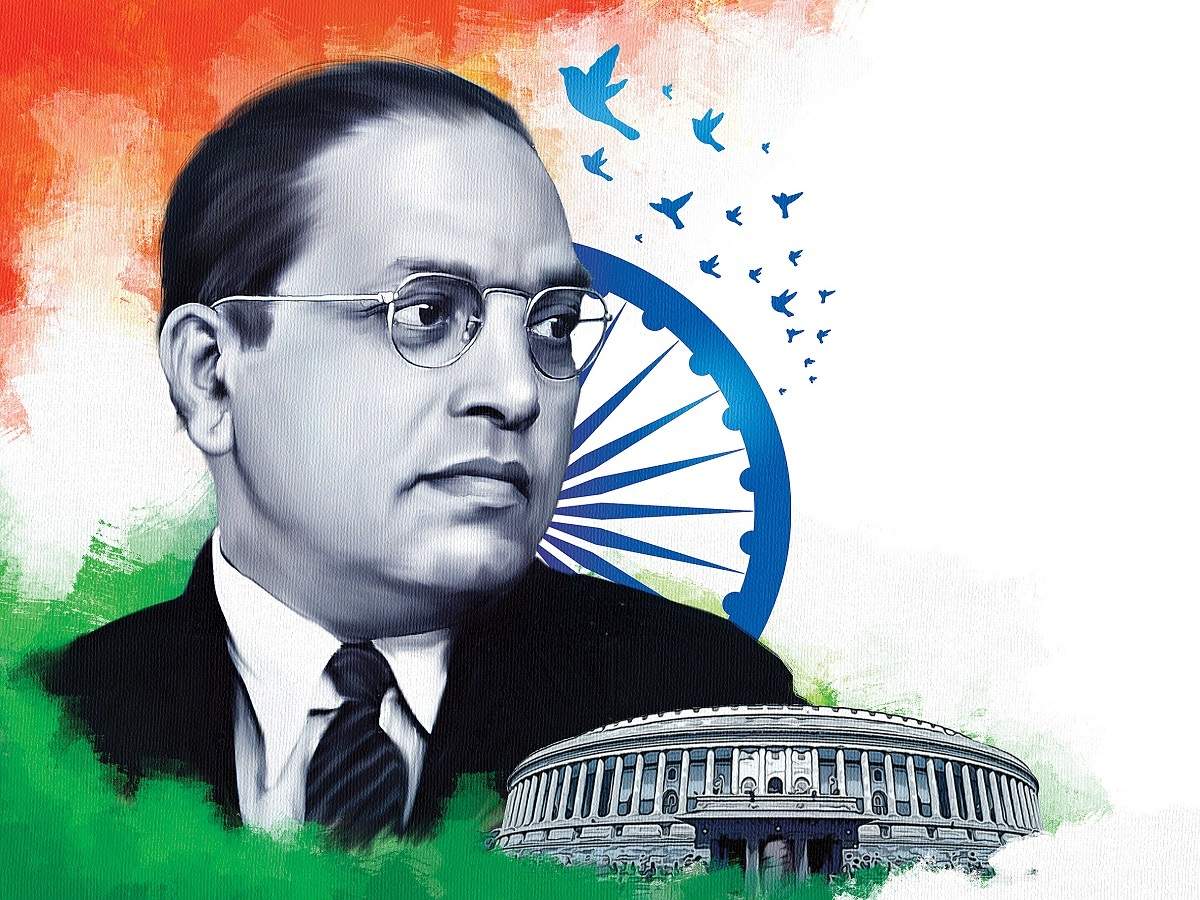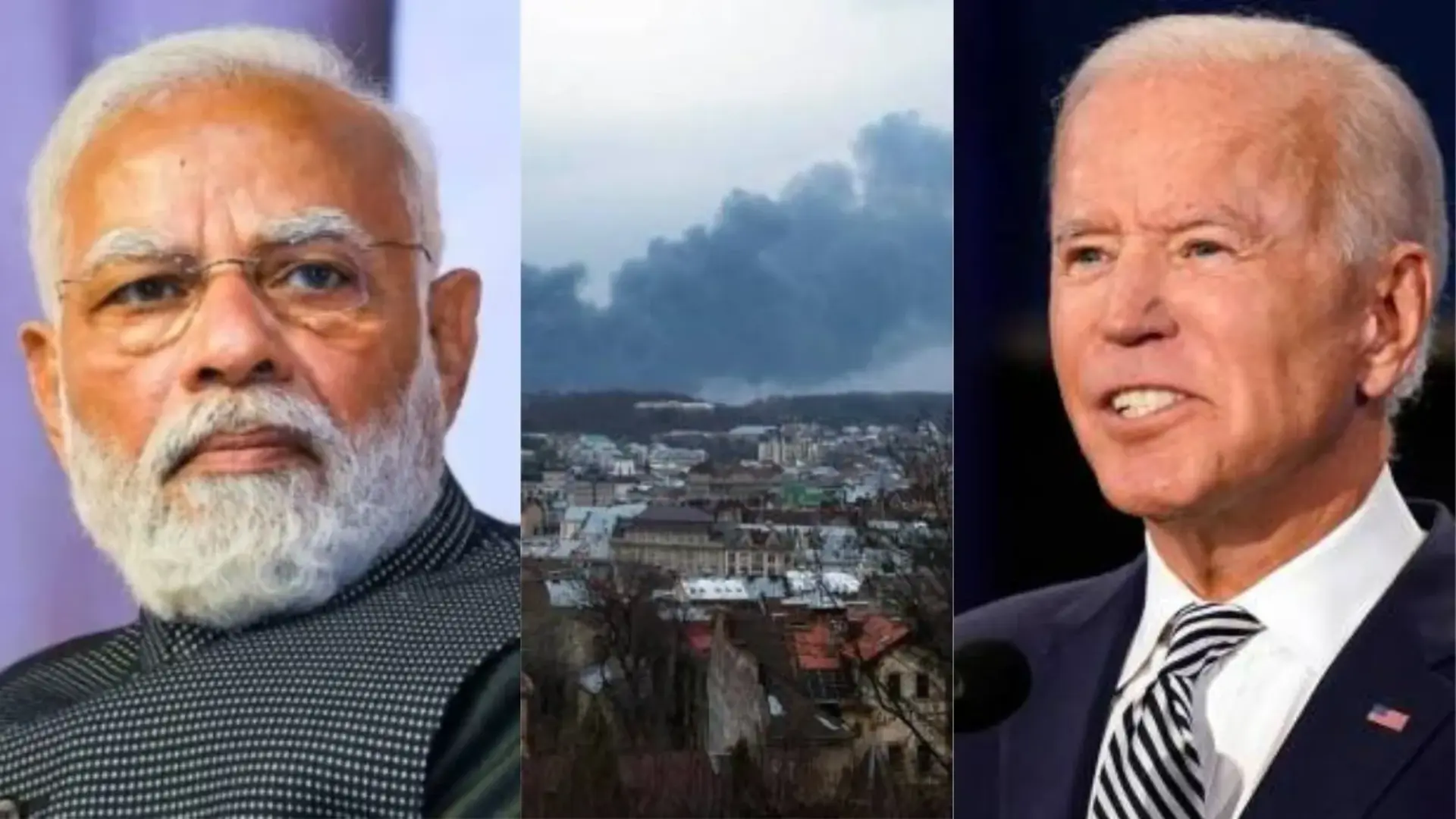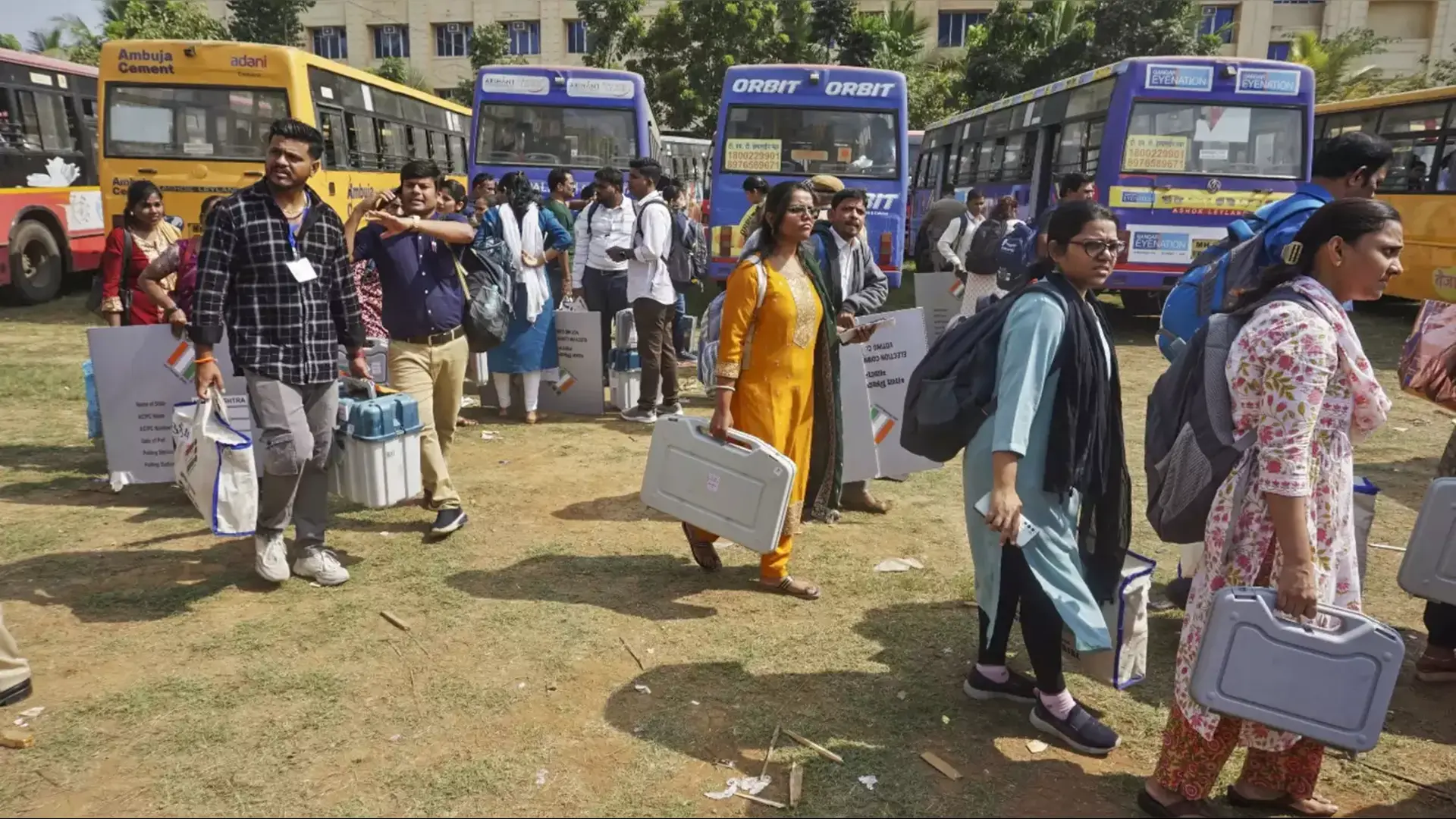
Intellectuals have often been divided over reservation in India. The differences over reservation have been going on since before independence, not just now. If we look at it, the trend of reservation in Indian society was started by the British. The British did not want a ‘united India’ but an India divided into castes, societies and sects. Divided Hindus and Muslims and then started dividing Hindus. During the Mughal era, all Hindus were equal. This means that whether upper caste or upper caste, the one who was ready to read the Kalma was fine and the one who was not was a slave or enemy. The British did not pay attention to the castes of Muslims. Because Muslims were more fanatic than Hindus. If an attempt was made to divide Muslims into castes, the British could have suffered losses. Secondly, even after 700 years of Mughal rule, the number of Hindus in India was large. Therefore, dividing Hindus into castes and sects was easy for them and necessary for running the government. On the one hand, the British kept on exploiting the poor by giving patronage to the kings, princes, kings and feudal lords and on the other hand, they kept increasing the hatred towards the upper castes among the poor and Dalits. Anyway,
There is a thousand years old history of dividing Hindus among themselves. The system of reservation which was created by the British to divide the Indian society became synonymous with social harmony, equality, unity and integrity in independent India. Now a law of 33 percent reservation for women has also been made in India.
Reservation before independence
Quota systems favoring certain castes and other communities existed in British colonial India. In 1882 and 1891, the seeds of division of Indian society or rather reservation were sown. At the instigation of the British, Maharaja Chhatrapati Shahu of Kolhapur state introduced reservation in favor of non-Brahmin and backward classes. The first attempt to provide free education to Dalits was made in 1902. Hostels were also built for them. He also tried to ensure that people thus educated found suitable employment, and appealed for both a class-free India and the abolition of untouchability. In 1902 itself, provision of 50 percent reservation for backward communities was made. In 1918, at the behest of several non-Brahmin organizations criticizing Brahmin dominance in the administration, Raja Nalawadi Krishnaraja Wadiyar of Mysore formed a committee to implement reservation for non-Brahmins in government jobs and education. On 16 September 1921, the first Justice Party came in to existence. British government passed the first Communal Government Order (G.O. 613), thereby becoming the first elected body in Indian legislative history to legislate on reservation, which has since become the standard throughout the country .
Privious to this, British Parliament at Westminster incorporated elements of reservation in the Government of India Act of 1909 and also took several other measures regarding before independence. An important thing that emerged from the Round Table Conference of June 1932 was that British Prime Minister Ramsay MacDonald proposed the Communal Award. According to which Indian Muslims, Sikhs, Indian Christians and Anglo-Indians were given separate representation from the overall Indian Hindu society. Baba Saheb Bhimrao Ambedar was present there when this resolution was being passed. Depressed classes were assigned a number of seats to be filled by election from constituencies, roughly corresponding to STs and SCs, in which only citizens falling under STs and SCs could vote. Other general category people did not have the right to vote on those seats. Whereas ST/SC people could vote on other seats. After opposition from Mahatma Gandhi, Ambedkar agreed to common voting constituency. He got in exchange 141 seats were reserved category or Dalit candidates in the elections. But one part of the Communal Award remained applicable in India, that is, separate constituencies from hindus were created for the Sikh community. This means that the ploy of the British to separate the Sikhs from the Hindus was successful. Muslims constituencies were already seprated. In the history of slavery reservation, it was called Poona Act.
After Independence
Baba Saheb Bhimrao Ambedkar made the Constitution of independent India and the articles of 330 of the Constitution, the members of Scheduled Castes and Scheduled Tribes are given representation in the Lok Sabha on the basis of population ratio, hence SC-ST quota has been given a place in it as per the present legal system. When reservation was implemented for the first time, its time limit was only 10 years.
Some major initiatives were taken in favor of Scheduled Castes and Scheduled Tribes (SC and ST) after India’s independence in 1947, in favor of OBC (Other Backward Castes) after 1980s and for the general category poor in 2019. The first program regarding reservation in India was started in 1950. A common form of caste discrimination in India was the practice of untouchability. The Constitution of independent India declared this practice illegal Punishable .
In 1954, the Ministry of Education suggested that 20 per cent seats should be reserved for Scheduled Castes and Scheduled Tribes in educational institutions, with provision for relaxation of 5 per cent in the minimum qualifying marks for admission to classes, wherever necessary. Needed In 1982, the government decided that 15 percent and 7.5 percent of vacancies in public sector and government-aided educational institutions should be reserved for SC and ST candidates respectively.
Earlier in 1979, a significant change began when the Mandal Commission or Socially and Educationally Backward Classes (SEBC) Commission was established to assess the condition of the socially and educationally backward classes. The Commission did not have accurate population figures for OBCs. Therefore 1931 census data was utilised. In 1980, the Commission’s report recommended that a reserved quota of 27 percent should be implemented for OBCs. The Commission’s report called for similar changes for admission to institutions of higher education, except where states already had more liberal systems.
The recommendations were not implemented in central government jobs until the 1990s. In 2019 the government announced 10% reservation in educational institutions and government jobs for the economically weaker section of the general category.
Article 15(4)
The Article 15(4) of The Constitution of India says in: “Nothing contained in [Article 15] or clause (2) of Article 29 shall be construed as a provision for the State to prevent any socially and educationally backward class and citizens belonging to the Scheduled Castes and the Scheduled Tribes.” No special provisions will be prevented from being made for the advancement of these above classes.” Article 46 of the Constitution states that “The Governmnet shall promote with special care the educational and economic interests of the weaker sections of the people, and particularly the Scheduled Castes and the Scheduled Tribes, and shall protect them from social injustice and all forms of exploitation.”
When reservation began to be linked to vote politics rather then social upliftment, the Supreme Court of India ruled in 1992 that reservation could not exceed 50 percent, anything above that would violate the equal access guaranteed by the Constitution. Thus the Supreme Court drew one Lakshman line of reservation. The most recent amendment to the Constitution, done in 2019, is more than 50%. Apart from this, there are some states where reservation exceeds the limit of 50 percent, although some cases are pending in the Supreme Court. In the state of Tamil Nadu, caste-based reservation is 69 percent and applies to about 87 percent of the population.
On 7 November 2022, the Supreme Court of India, while delivering judgment on Janhit Abhiyan vs Union of India Writ Petition (Civil) No (s) of 2019, held that the 103rd Amendment of the Constitution providing 10% reservation for unreserved economically weaker sections is valid. The Supreme Court also held that the limit of 50% is not applicable on this EWS reservation. Affirmative action on economic grounds can go a long way in eliminating caste-based reservations. This constitutional amendment increased the total reservation in central institutions to 59.50%.
Nari Shakti Vandan Act i.e. 33 percent reservation for women
27 years ago, a proposal to reserve 33 percent elections for women was brought in the Indian Parliament. Governments kept coming and going. But the law could not be made. But in the second term of Prime Minister Narendra Modi and the new Parliament House, the first law became the Women’s Reservation Act. However, the impact of this law will be clearly visible after the delimitation of legislative and parliamentary constituencies. This means that in the 2029 general elections, there will be only women candidates on 33 percent seats. 33 percent women representatives will be seen on the seats of Lok Sabha, Rajya Sabha and State Legislative Assemblies.
Affirmative action or similar policies exist in various forms in several countries to address historical inequalities and promote diversity. Here are a few examples:
1. United States: Affirmative action in the U.S. aims to address past and present discrimination against minorities. It involves policies in education and employment, promoting opportunities for African Americans, Hispanics, and other underrepresented groups.
2. South Africa: After the end of apartheid, South Africa implemented Black Economic Empowerment (BEE) policies to address historical imbalances in employment and ownership. These policies aim to uplift the previously disadvantaged black population.
3. Brazil: Brazil has implemented affirmative action policies in higher education, known as cotas, to increase access for Afro-Brazilians and indigenous people. This includes reserved quotas for admissions in public universities.
4. Malaysia: Malaysia has implemented policies such as the New Economic Policy (NEP) to address economic disparities among different ethnic groups. It includes affirmative action in areas like education and business to benefit the Malay majority.
5. Canada: While Canada does not have affirmative action at the federal level, some provinces have implemented policies to increase representation of indigenous people and other minority groups in various sectors.
6. Norway: Norway has implemented gender quotas for corporate boards, requiring a certain percentage of women to be represented. This is not a form of affirmative action based on race or ethnicity but focuses on gender diversity.
It’s important to note that the specifics of these policies vary widely, and their effectiveness and acceptance also differ among the respective societies. Affirmative action remains a complex and debated topic globally, with each country adapting approaches based on its unique historical context and societal needs.















